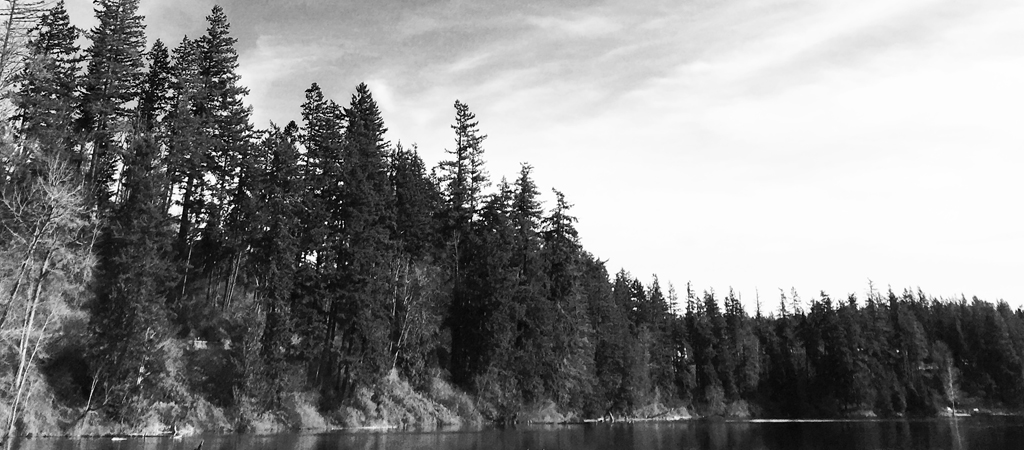Rethinking Beauty
*picture above: the edge of Lake Wilderness about .25 miles from my home – where we walk most days and regularly see bald eagles soaring above.
* * *
My wife loves birds. For her birthday, I got her three books about birds – one of them was “Consider the Birds” by Debbie Blue. I’ve really enjoyed reading Debbie Blue in the past and thought this would be a great book for Shari.
Months later, Shari still hadn’t even cracked the Debbie Blue book open, so I took it. And, oh my goodness, it is spectacular. Debbie has a way of turning things upside-down and looking at them from the other side. Her knack at doing this is particularly fascinating in her approach to Scripture.
Her “Consider the Birds” book isn’t one that only birders would love. I found it to be incredibly thought-provoking, funny, and enlightening.
The chapter on “The Vulture: Ugliness And Beauty” was one of my favorites. Here’s a brief sampling…
* * *
The Hebrew word nesher is often translate in our English versions of the Bible as “eagle,” but most scholars agree that “griffin vulture” is at least an alternative, if not a more fitting translation. As vultures became more loathsome to us English speakers, translators couldn’t quite bring themselves to use the world vulture, even if it seemed like the best choice—it wouldn’t sound right to our Western ears.
Most birds fly below five hundred feet. Vultures glide effortlessly on the winds at ten thousand feet.
In 1973, a griffon vulture collided with a commercial airliner over Africa. It was flying at 37,900 feet! This is the highest altitude ever recorded for a bird.
I wrote an essay in 1994 where I reflected on Isaiah 40.31, “They who wait for the Lord shall renew their strength, they shall mount up with wings like eagles.” I mentioned that I had been waiting for the Lord for quite a long time but had not really felt much like I had been mounting up with wings like an eagle. I had been noticing the turkey vultures all around Jim’s grandma’s farm—how wobbly they were. They seemed more like my experience, waiting for the Lord—not mounting up, but circling and tottering. Faith for me is not like the strong, smooth, sure-of-itself eagle soaring; but rather the waiting, wobbly, awkward circling of those blown-by-the-merest-whiffs-of-wind turkey vultures. I mentioned that my faith journey didn’t involve some linear sort of advancing, but might better be described as swaying, rolling, an being blown. I said, “Progress of the soaring eagle variety doesn’t apply to my experience so far.”
I nearly fell off my chair when I discovered nesher could be translated as “vulture.”
Isaiah may actually have meant to say that those who wait shall mount up with wings like vultures—not eagles. Faith is more like circling than seizing. It is being lifted by thermals more than flying by the power of our individual wings.
We’ve formed some ideas of God and faith with the eagle in mind. The vulture God might give us a different perspective.
The American commercial culture that runs through our veins tends to have a narrow definition of what is beautiful (to put it mildly). I don’t think this is good for our psyches or our children or the earth. We need to do better than reproducing stereotypical discourse.
We desperately need to see beauty in places other than where we’ve been programmed to see it.
We need to expand the prescribed definitions, see outside the constricting, life-sucking limits. We need to see what is lovely in what the world has declared ugly or loathsome. There’s something more rewarding about discovering beauty where I haven’t seen it before.
To see beauty in new places, you don’t have to trick yourself—just dig around a little bit, pay closer attention, allow yourself to be opened.
We are often so caught up in our ability to make judgments that we deprive ourselves of a more lively imagination. What I judge is often a projection of my fear—fear that I am something that is unlikable; fat. old, weird, partisan, self-righteous, hateful. I am undoubtedly far more narrow-minded than I suspect.
We need to have a little more imagination. The well-being of our children depends on this. I don’t think I’m being dramatic here.
Our determinations need constant reorientation. When labels start coming into our heads (loathsome, ugly, loser, winner), we should question them—recognize a label as the insubstantial thing it is, and let it go. It’s not helpful. It’s going to undermine our imaginations. Love something unusual. Kittens and lilies are fine, but maybe try the vulture or the dandelion…


National Geographic had an article a few months ago about vultures, particularly the decline of populations in Africa and how devastating it would be environmentally if they declined further or disappeared all together: spreading disease, putrefying corpses with no ‘clean-up crew’ (the vultures) and the danger to other animal and human life. It seems God has given those things we call disgusting (in Western culture at least) a specialized beauty–the flight of the vultures, an amazing feather-coat to starlings, gross caterpillars to butterflies and moths. Slugs and mosquitoes though–not sure about those; they’re still disgusting to me. This sounds like a good photo-challenge, finding beauty where it’s not evident or obvious.